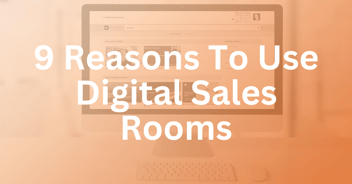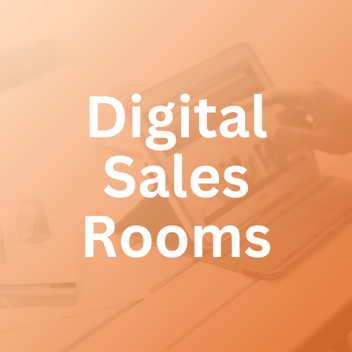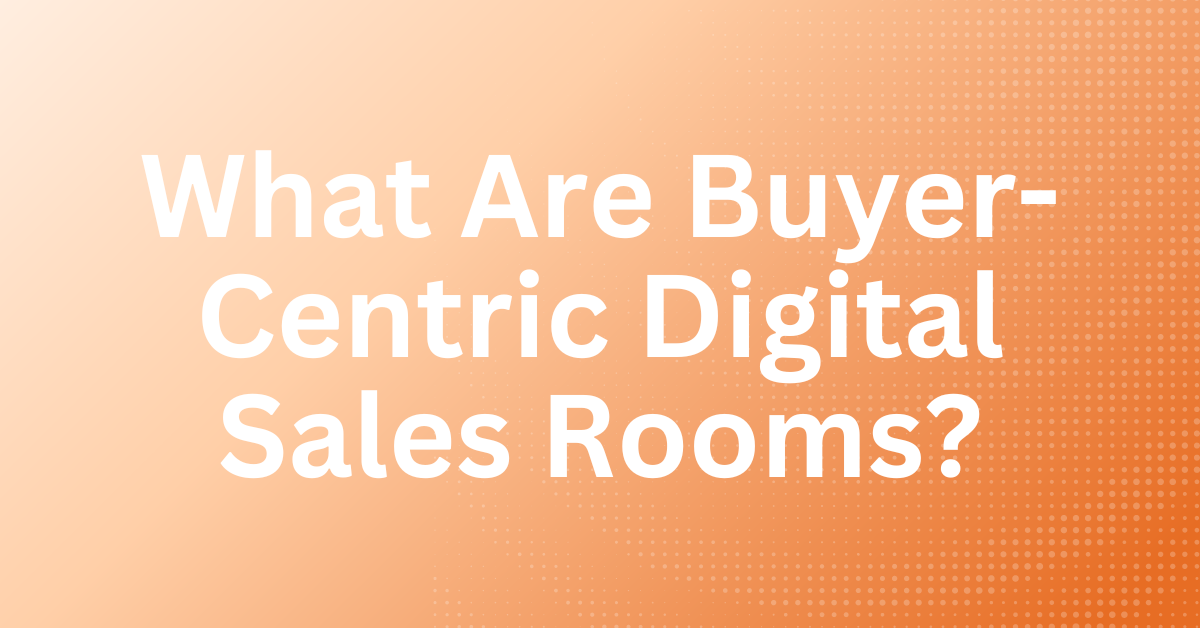
9 Reasons Why B2B Sales & Revenue Teams Should Use Digital Sales Rooms
9 Reasons Why B2B Sales & Revenue Teams Should Use Digital Sales Rooms
Today, more and more B2B...
In today's B2B landscape, buyers are in control. They do extensive research on their own before ever engaging with sales reps. In fact, Gartner found that 75% of buyers prefer a rep-free buying journey.
This shift has made traditional, linear sales processes extremely ineffective and frustrating for buyers. Buyers want to feel empowered to learn about products and services on their own terms and timeline without needing to talk to a sales rep and be forced down a prescribed sales path.
Businesses that require buyers to speak to sales reps before receiving access to product information are being left behind. To better align with how modern buyers want to buy, B2B companies are adopting buyer-centric digital sales rooms. But what exactly does "buyer-centric" mean? And how are buyer-centric DSRs different compared to regular digital sales rooms?
Buyer-centric means putting the needs and preferences of the buyer first throughout the entire sales process – preferences which have changed dramatically in the last five years. It means giving buyers the flexibility to engage with your product and sales team how and when they want, rather than forcing them into a rigid, seller-controlled journey. In short, buyer-centric digital sales rooms make the buying process as simple, informative, and convenient as possible.
Buyer-centric sales approaches empower buyers to educate themselves at their own pace through interactive and on-demand digital experiences. Information is made readily accessible so buyers can find answers themselves and share content with stakeholders on the buying committee, avoiding delays caused by waiting for sales reps to present information.
At the same time, buyer-centric selling still includes support from sales teams, but further down the sales cycle. And those interactions are based on the authentic interests and activities of the buyer, rather than scripted pitches. All sales outreach is timely, relevant, and adds value from the buyer's perspective. Buyer-centric digital sales rooms also allow sales reps to focus their time on buyers who are truly engaged and interested, keeping sales from wasting time on unqualified leads.
Most digital sales rooms are brought into the buying cycle at the end, often when the decision to purchase has already been made. They focus on negotiations, contracts, mutual action plans, and onboarding. While these are helpful to close deals, they still are part of a buying process that requires heavy sales reps involvement from the start (i.e. to schedule demos or send materials).
Buyer-centric digital sales rooms, on the other hand, span the entire customer lifecycle from first touch to onboarding. The rooms support the buying jobs buyers need to complete at each stage of the process. For example, in the early stages, buyer-centric digital sales rooms provide product demos and marketing content – materials essential to buyer’s evaluation. Further in the sales cycle, buyer-centric DSRs include meeting recordings, sales presentations, ROI and business cases examples, etc. – any materials the buyer group needs to progress the deal.
In the case of Omedym's buyer-centric digital sales rooms, buyer's have the power to type in any question or term in the search bar and be presented with exact points within content that match their search. This puts buyers firmly in control of their journey and shows sales reps exactly what matters to each buyer.
Buyer-centric digital sales rooms give buyers a private digital space to involve their entire buying team and openly collaborate without a sales rep present. All stakeholders can freely research, evaluate options, and build consensus independently.
Perhaps most importantly, buyer-centric digital sales rooms capture a wealth of actionable buyer activity data that regular sales tools completely miss. These deep buyer insights allow sales teams to always know exactly what information buyers need and prioritize the most valuable engagements.
While most sales technologies focus on enabling the seller's workflow, buyer-centric digital sales rooms put the buyer first by allowing them to kick off their own evaluation through on-demand, self-service access to demos, videos, and other sales assets. By giving buyers more autonomy while still providing sales guidance through buyer-led data, buyer-centric digital sales rooms empower a more efficient and mutually-beneficial seller-buyer partnership. Both sides accomplish their goals more effectively in today's self-driven B2B environment.
Thanks for reading! To learn how Omedym can help your business grow qualified pipeline, accelerate engagement to close, and improve forecast accuracy, visit our content portal by clicking “see demo now.”
Or, to speak with a member of the Omedym team, book a meeting here.

Today, more and more B2B...

We...

A digital sales room is a virtual space where B2B sales teams can engage with potential...
